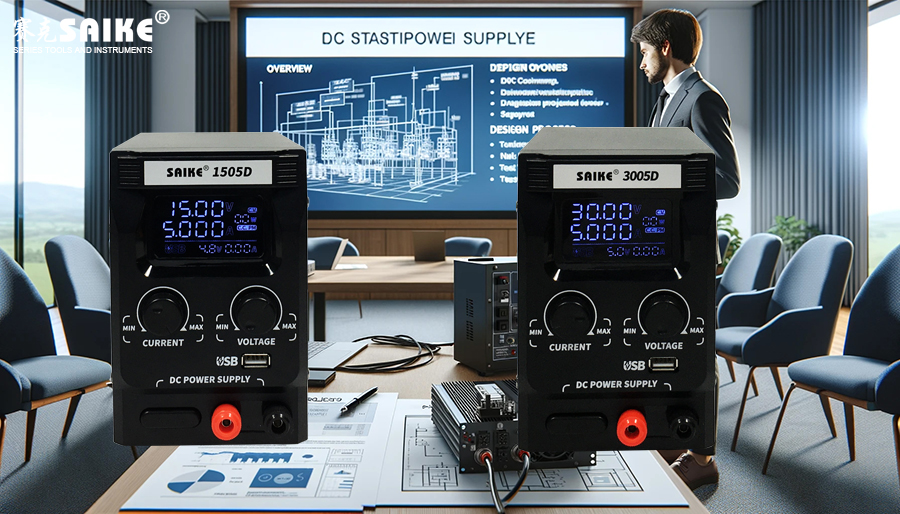
SK-YJ000ZLWYDY-KP 100037
When designing DC stabilized power supplies, considering electromagnetic interference (EMI) and electromagnetic compatibility (EMC) is extremely important. EMI refers to the phenomenon where interference generated by a device may affect the normal operation of other devices, while EMC represents the ability of a device to operate normally in an electromagnetic environment without causing unacceptable interference to other devices. Both EMI and EMC are crucial to ensuring the performance of power equipment and compliance with regulatory requirements. This article will explore how to optimize the design of DC stabilized power supplies to reduce EMI and improve EMC.
I. Sources and Impacts of EMI
1.Switching Noise
– Switching elements in DC stabilized power supplies, such as transistors and diodes, can generate spike voltages and currents when switching at high frequencies, which is a major source of noise.
2.Wires and Cabling
– Improper layout of internal and external wires in the power supply can easily create an antenna effect, radiating or receiving electromagnetic interference.
II. Design Strategies for EMC
1.Filter Design
– Input/Output Filtering: Installing filters (such as LC filters) at the input and output ends of the power supply can effectively suppress high-frequency EMI.
– Common Mode and Differential Mode Filters: Common mode filters are used to suppress interference from the power line to the ground, while differential mode filters suppress interference between lines.
2.Shielding and Grounding
– Metal Shielding Box:Enclosing the power supply in a metal box or shielding can can reduce the radiation and reception of electromagnetic waves.
– Effective Grounding: Ensuring that all power supplies and circuit grounds are properly grounded to avoid interference caused by ground loops.
3.PCB Layout Optimization
– Miniaturized Loop Design: Minimizing and optimizing the routing of high-frequency signals, reducing the loop area on the circuit board, thereby reducing radiation.
– Layered Wiring: Adopting a multilayer board in PCB design, with dedicated signal layers, power layers, and ground layers can effectively isolate interference.
4.Component Selection
– Using Low-EMI Components: Choosing switching devices and other electronic components specifically designed for low EMI, such as MOSFETs with low switching frequencies or specially designed switch drivers.
III. Testing and Certification
1.Pre-Compliance Testing
– Conducting EMI/EMC tests during the initial stages of product design and development to ensure smooth progress in subsequent certifications.
– Using pre-test data to adjust the design and reduce rework before formal certification.
2.Compliance with International Standards
– Complying with international electromagnetic compatibility standards, such as IEC 61000 and EN 55022, to ensure that products can be sold in the global market.
IV. Conclusion
Electromagnetic interference and electromagnetic compatibility are important considerations in the design of DC stabilized power supplies. By adopting effective design strategies such as optimizing filtering, improving shielding and grounding techniques, reasonable PCB layout, and careful component selection, the EMI/EMC performance of the power supply can be significantly improved. Additionally, conducting systematic EMI/EMC testing and complying with relevant international standards are key to ensuring product performance and market success. These measures not only help improve product quality but also ensure regulatory compliance in different markets.


